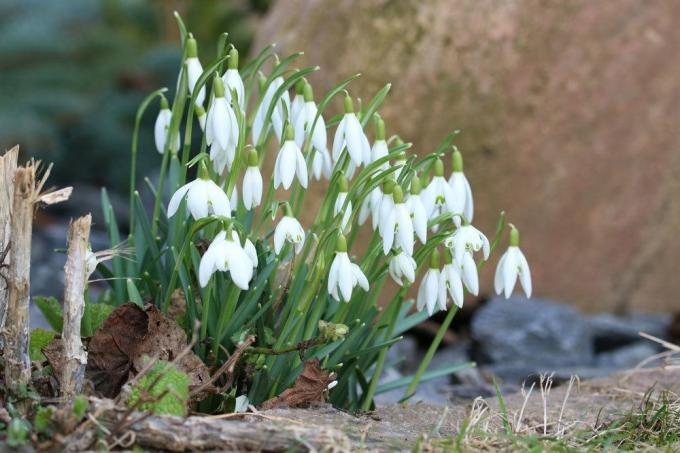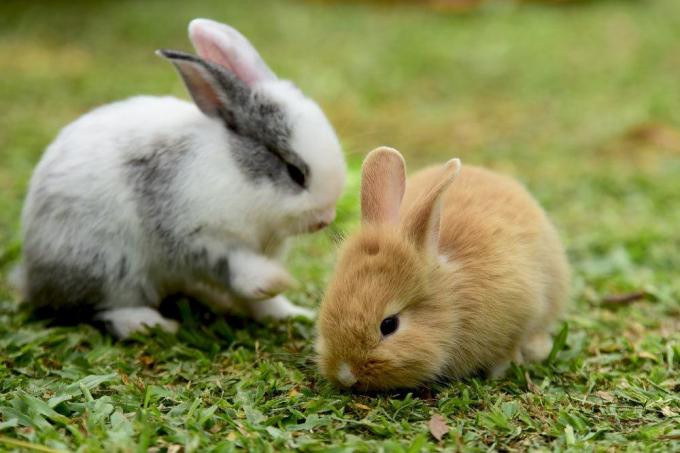
table of contents
- snowdrop
- Poisonous plant parts
- Medicinal plant
- Symptoms of poisoning
- First aid measures
Already in late winter, the slender stems of the snowdrops with their teardrop-shaped, snow-white flowers shoot out of the partially still snow-covered ground. They are the first heralds of early spring. But the grace of these pretty little garden dwellers shouldn't hide their toxicity. Small children and younger pets such as B. Dogs and cats with no known lethal dose.
snowdrop
What to look out for
Every year, the poison control centers receive a few calls due to the accidental ingestion of individual parts of the plant, including the snowdrop (Galanthus). Young children are most commonly affected. Even if these plants are not really similar to any other edible plant, younger children can easily mistake the onion for traditional kitchen onions. And it's known that younger children in particular put pretty much everything in their mouths.

Children and pets
It is therefore all the more important to explain to children that and why they should avoid and, above all, not eat snowdrops. Or you can do without snowdrops in the garden as long as they do children Are still small or pets may come into contact with it. In adults, mistakenly eating up to three onions usually has no noticeable effects. This is where the dose makes the difference. It looks different in turn Pets like dogs, cats, rabbits, hamsters, rabbits and guinea pigs, poisoning can very well occur here.

Poisonous plant parts
In this country, the small or common snowdrop is best known, although there are also very similar-looking species that have partially feraled over time. Snowdrops are among the daffodils or daffodils. Amaryllis family known to be poisonous.
- these plants are poisonous in all parts of the plant
- The alkaloids contained are responsible for the poisonous effect
- The concentration of alkaloids in the onion is highest
- in the onion it is mainly amaryllidacean alkaloids
- in stems, leaves and flowers, the toxic substances galantamine, tazettin and lycorin
- The concentration in the above-ground parts of the plant is comparatively low
Medicinal plant
Despite the fact that snowdrops are poisonous, the homeopathic plant alkaloid galanthamine can treat diseases such as dementia or has been shown to slow the progression of Alzheimer's disease.
Symptoms of poisoning
Symptoms of poisoning usually show up only after consumption, being the aggressive The sap of these plants may also have a contact allergy in sensitive people can cause. After eating smaller amounts of flowers, leaves or bulbs it can become too nausea, Vomit, diarrhea and increased salivation come. Even Drowsiness, Sweats and Circulatory problems have been observed in some cases, especially when consuming large amounts of the onion. In the case of severe poisoning, you can even Signs of paralysis appear. The symptoms of poisoning in the animals mentioned are very similar to those in humans.

First aid measures
Countermeasures in the event of poisoning
After consuming a few leaves or flowers or small parts of the onion, it is usually sufficient to have a lot of liquid in the form of water or tea to administer. In addition, the person concerned, especially children, should be observed. If you are uncertain, it is always advisable to get one promptly To see a doctor or possibly also the Poison Control to choose or to one of the Poison Control Centers to turn. If pets show symptoms of poisoning, a visit to is also recommended vet advised.

